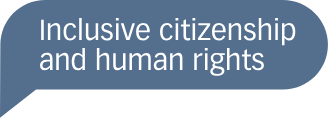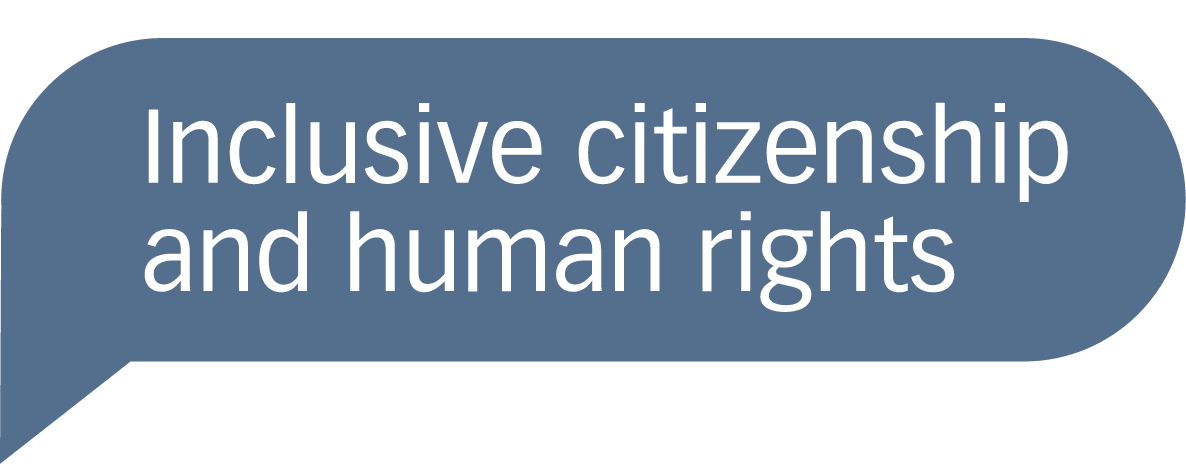
Religious intolerance can cause negative attitudes and behaviours, leading to social tensions, discrimination, group hostility and violence. Interfaith understanding and dialogue can help reduce these risks and promote tolerance and coexistence.









The course gives insight into and enables discussion of;
- The history of religious diversity and current state of interfaith coexistence.
- Stereotypes and challenges related to inter-faith diversity and its impact on inter-faith coexistence
- Importance of interfaith excursions, dialogue, and knowledge about each other’s traditions
- The relation between religious diversity and protection of human rights
- Education including use of films as a tool to promote inter-faith understanding, and combat stereotypes.
This course is divided into four main modules, addressing the following main questions:
-
- What religious traditions are part of the country’s history and present diversity?
-
- How can stereotypes challenge religious diversity and understanding?
-
- What practices may ensure interfaith dialogue for religious diversity?
-
- What is the relation between religious diversity and protection of human rights?
-
- How can education foster interfaith understanding and combat stereotypes through films?
This course will utilize a human rights-based approach, along with the narrative approach using films and audio-visual tools. The narrative competence may be a fruitful approach when working with films and other audio-visual tools in education. This includes the competence to analyse what narrative is constructed by the filmmakers and the ability to deconstruct a narrative to avoid problematic stereotyping perspectives. Another competence is to recognise counter-narrative i.e., being aware of a film’s positionality in relations to the whole landscape of representations.
At the end of each module, there will be an opportunity to apply what you have perceived by way of interactive elements such as Quizzes etc., before moving to the next module. The expectation is to achieve minimum 60% correct answers in a quiz after each module to proceed to the next one. On completion of this course, you will receive a certificate.

- What do the stories in these films reveal about religious diversity in the country?
- Do you think these films fully represent the religious diversity within the country?
- Do these films in any manner challenge your conception of Tunisia’s cultural identity?
- What do the stories in these films reveal about the religious diversity in these countries, and how do they compare to each other?
- Do you think these films fully represent the religious diversity within these countries?
- If not, how can you gather information about religious diversity within these countries? (For example, through a Google search, talking to people from these countries, etc.)
-
1Does religious diversity exist in your local community, and if it does, how is it evident?
-
2Do you think that other forms of diversity are overlooked in your local community? If so, what, and why do you think this is the case?
-
3How is religious diversity expressed through religious buildings?
-
4How do individual practices express religious diversity? (For example, through lived experiences, clothing, feasts, festivals, and other visual expressions)
-
5How do you think representation of religious diversity enables or limits the ability of people’s sense of belonging to a nation?

-
1Based on the films from Module 1, do you notice differences in how the same religion is practiced in different countries?
-
2How could lack of knowledge or ignorance about diversity within religious group lead to stereotypes?
- How can encounters with people from different faiths contribute to combating stereotypes?
- Could such encounters contribute to creating stereotypes? And how can this be avoided?
- What do you think this fictional film communicates about identity, humanity & group hostility in conflict situations, from both the perspectives of perpetrators and victims?
-
1Do you think there is a connection between gender stereotypes and challenges within religions?
-
2Can you identify any instances where stereotypes about religious beliefs led to discrimination or conflict? How were these challenges addressed?
-
3Reflect on your own views on religious diversity. Do you think any form of stereotypes have influenced those views, and do you feel it is important to challenge them?

- In what way can interfaith excursion contribute to a sense of community between people with different religious identity?
- How can we include religions that do not have traditional religious buildings into the interfaith excursion or dialogues?
- When comparing the films, do you notice alternatives/ differences in how interfaith dialogue is practiced in different countries?
- When looking at the films, do you notice any differences in how these interfaith excursions were organized?
-
1Do you know or can you get information about interfaith dialogue in your country? If so, what is the role of women in such dialogues?
-
2What according to you are the essential elements of a successful interfaith dialogue?



